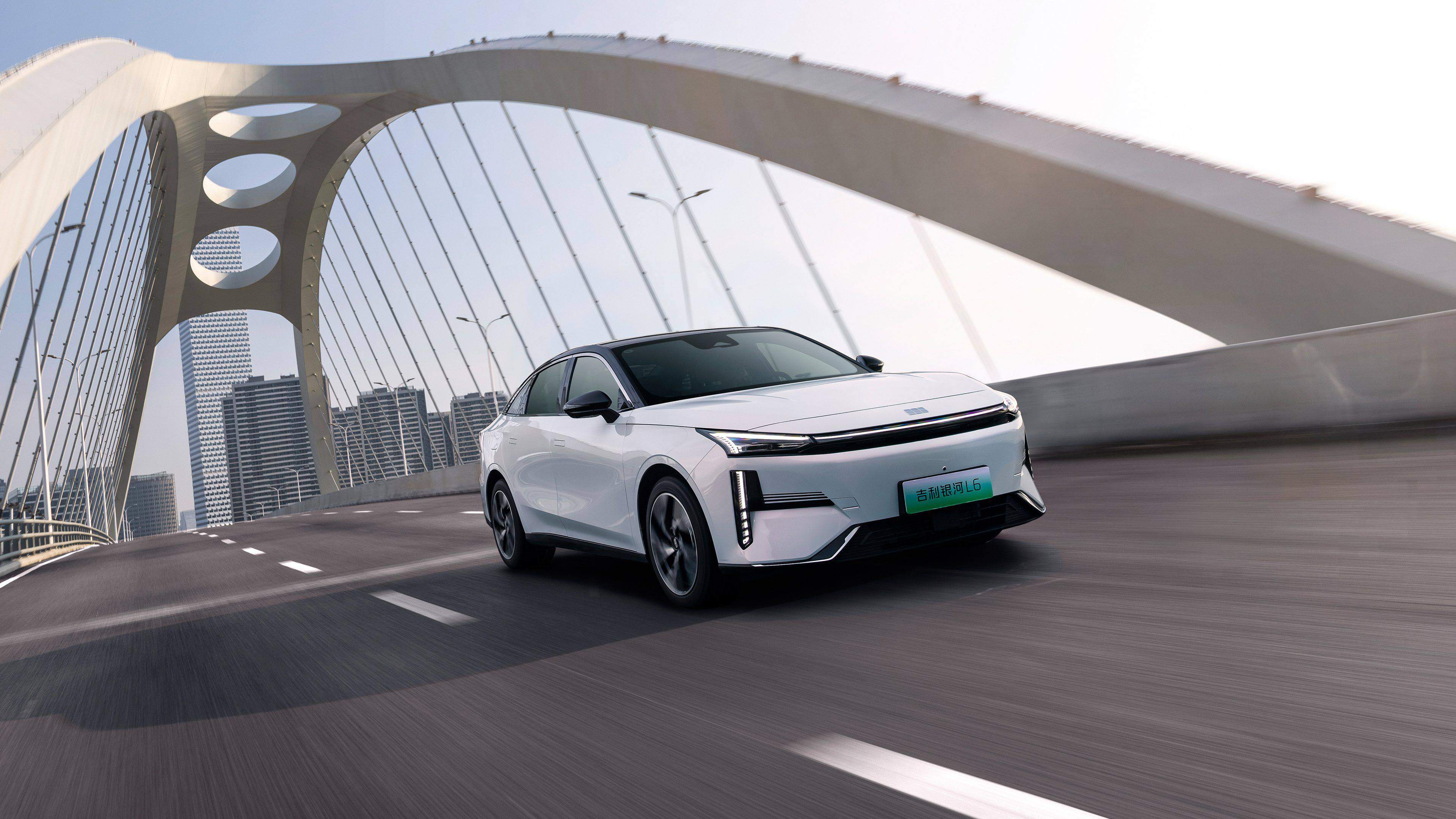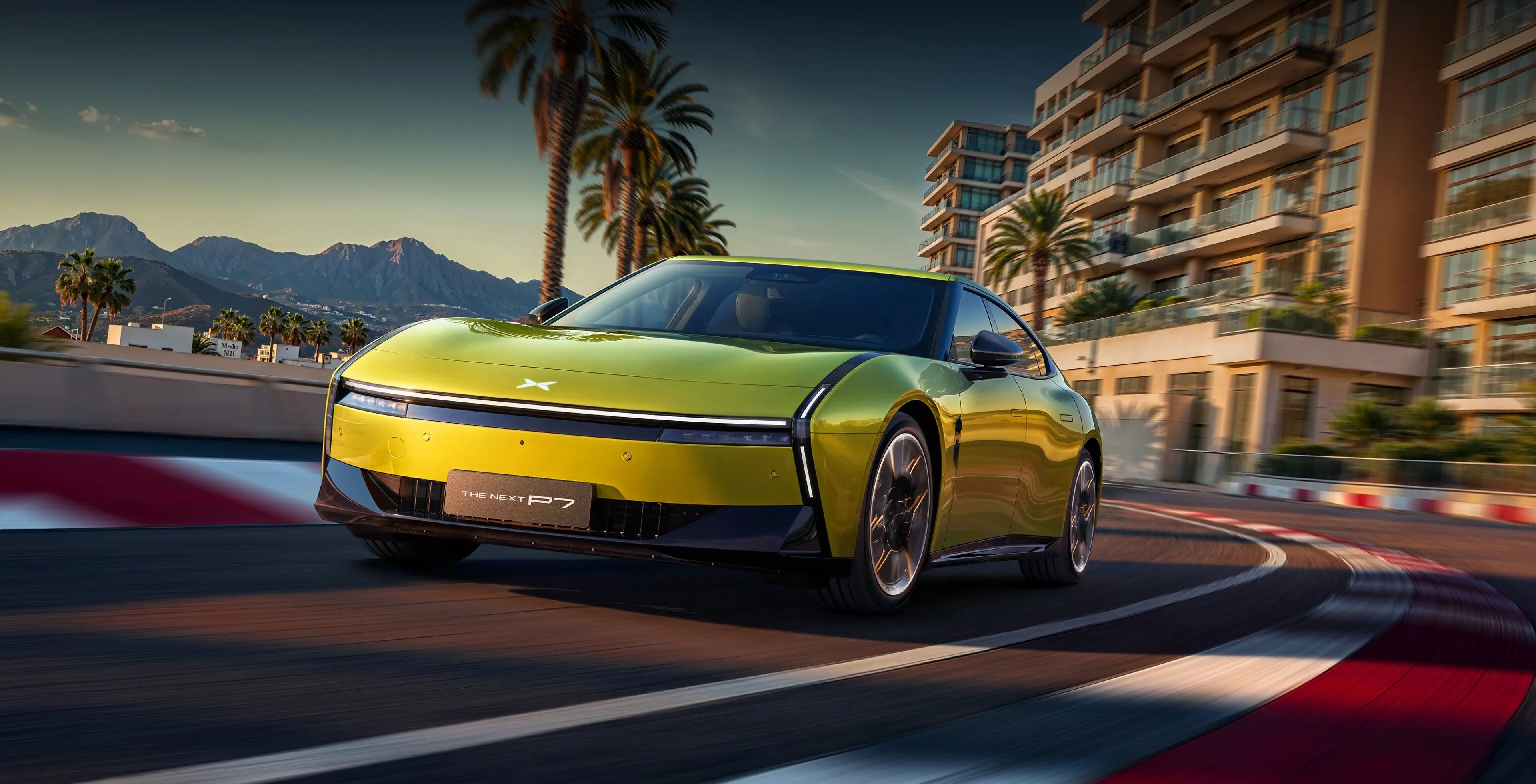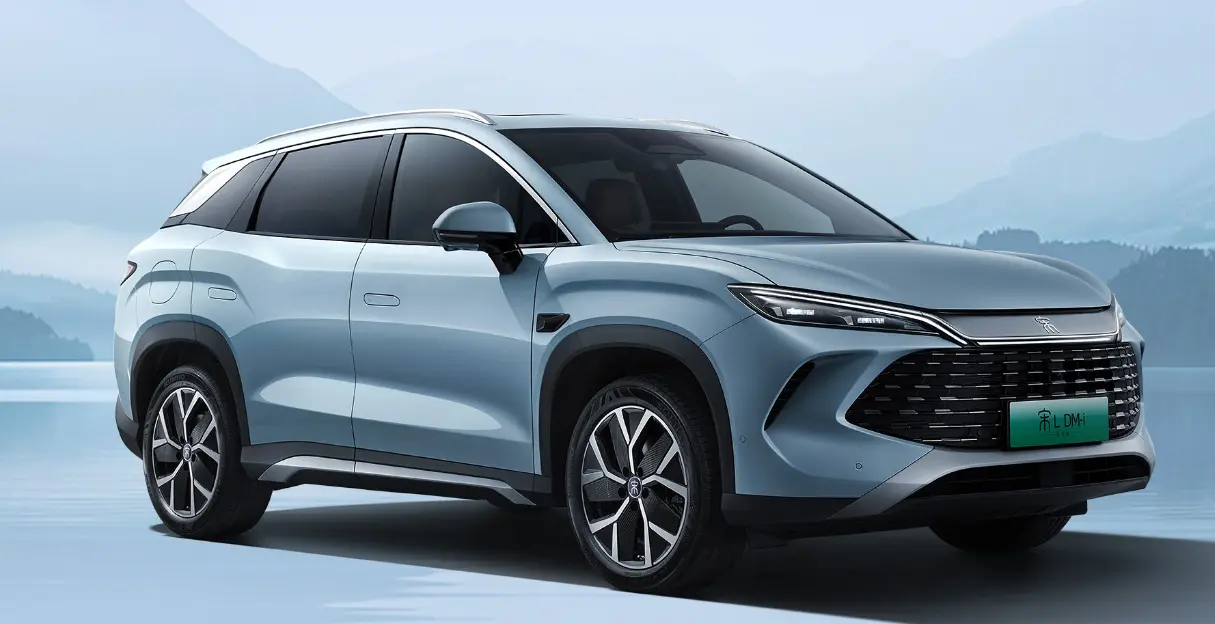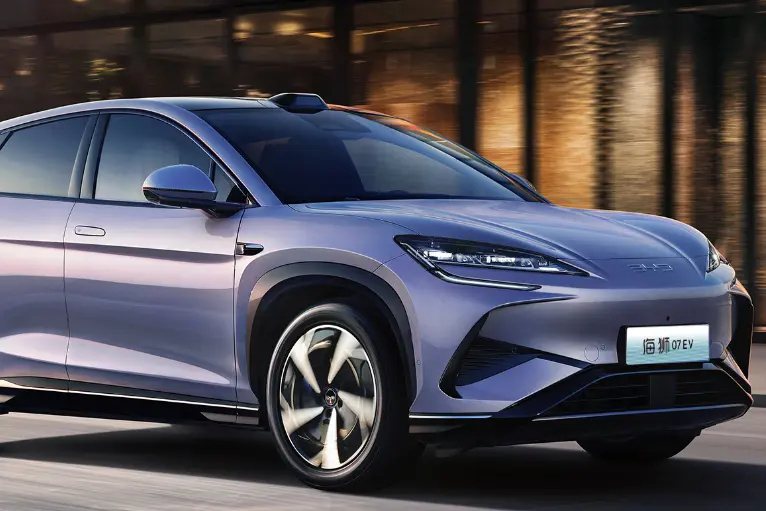Front-wheel drive and rear-wheel drive: Understanding the driving logic within the driving mode
When choosing a car or discussing it, "front-wheel drive" and "rear-wheel drive" are unavoidable keywords. Although these two driving methods seem to only differ in the path of power transmission, they directly determine the vehicle's handling character and applicable scenarios, conceals completely different driving logics.
| From the perspective of core principles, the power transmission path of front-wheel auto cars (FWD) is more "direct" : the power output by the engine is directly transmitted to the front wheels, which not only undertake the steering task but also are responsible for "pulling" the vehicle forward. The advantages of this design are obvious - it eliminates the drive shaft connecting the rear wheels, making the body structure more compact, the interior space utilization rate higher, and at the same time, the manufacturing cost is lower and the fuel economy is better. Therefore, it has become the mainstream choice for family sedans, such as the common Toyota Corolla and Honda Civic, which are typical front-wheel drive cars. However, the front wheels' dual functions also have their drawbacks: during sudden acceleration, the vehicle's center of gravity shifts backward, reducing the grip of the front wheels and making them prone to "skidding". When taking a high-speed turn, if the steering is too sharp, the front wheels may be overburdened, resulting in "understeering". The driver needs to reduce the throttle to adjust, and the handling limit is relatively limited. |  |
Rear-wheel auto cars (front-engine rear-wheel drive, RWD) take a different "clearly divided" route: the engine power is transmitted to the rear wheels through the drive shaft, and the rear wheels are responsible for "pushing" the vehicle forward, while the front wheels only focus on steering. The handling advantage of this design is particularly prominent - when accelerating sharply, shifting the center of gravity backward can actually enhance the grip of the rear wheels, making the power output more stable and providing a stronger sense of being pushed back. When cornering, the front wheels do not need to bear the power output, making the steering more precise and flexible. Even the vehicle's posture can be controlled by the throttle. For instance, on professional racetracks, drivers can adjust the cornering route by making a slight "drift" (oversteering). Therefore, rear-wheel drive cars are often used in performance or luxury vehicles. However, the shortcomings of rear-wheel drive vehicles are also quite obvious: the drive shaft takes up space inside the vehicle, and there may be a bulge in the middle of the rear seats. On slippery roads, if the rear-wheel power is too strong, it is prone to skidding, which requires higher driving skills. Moreover, its manufacturing cost and fuel consumption are usually higher than those of front-wheel drive vehicles.
| In daily use, the "peace of mind" of front-wheel drive cars better meets the needs of most people: they have sufficient space, low fuel consumption, and there is no need to worry too much about stability on slippery roads. The "driving pleasure" of rear-wheel drive vehicles is more attractive to users who have a high pursuit of handling. Whether it is mountain cruising or city shuttling, precise steering and abundant power feedback can bring a richer driving experience. In simple terms, front-wheel drive cars are like "steady family companions", meeting daily needs with practicality. Rear-wheel drive cars are like "dynamic performance playmates", igniting passion with a sense of handling - there is no absolute good or bad, only the difference in whether they meet the needs. |  |















